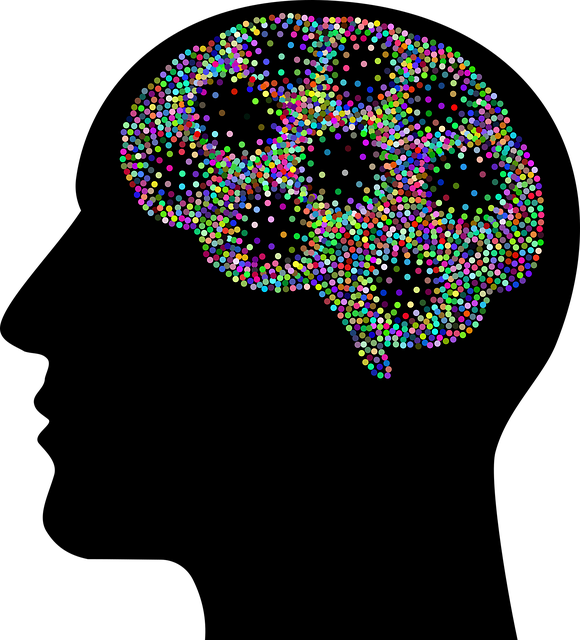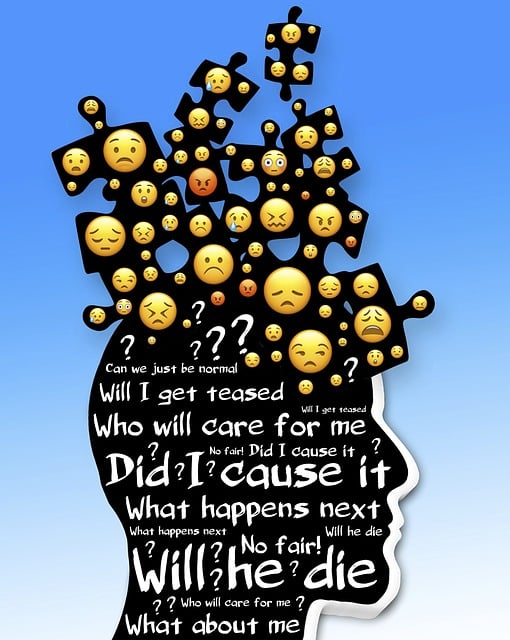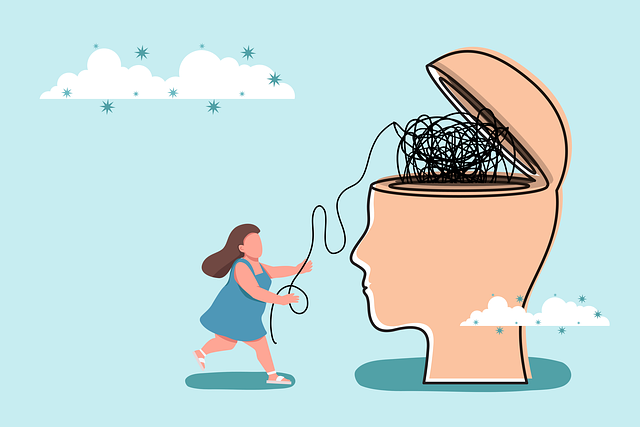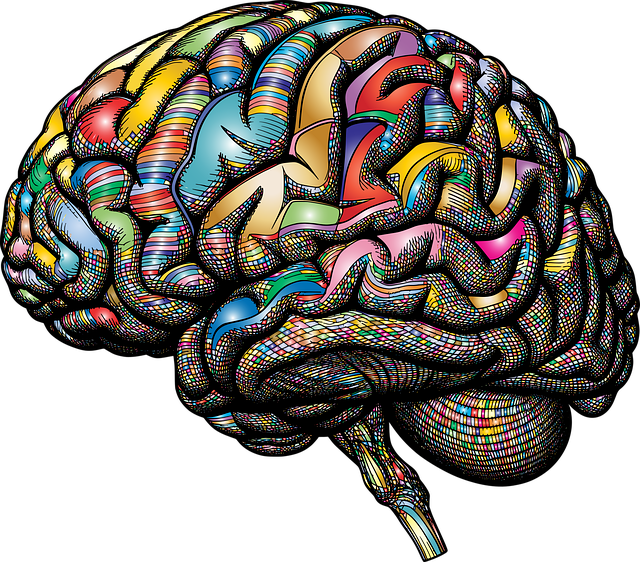Developing a successful marketing strategy for a mental wellness app requires understanding target audiences, especially young adults seeking therapy or professionals needing resilience tools. By creating detailed buyer personas highlighting demographics, psychographics, and pain points, marketers can tailor messaging and features. Emphasizing the app's unique benefits, like Therapy for Play Therapy techniques, engaging self-care practices, and journaling exercises, helps attract users interested in accessible, effective mental wellness solutions.
In today’s digital age, mental wellness apps are transforming lives. A robust marketing strategy is key to reaching and engaging users seeking Therapy for Play Therapy. This guide delves into the essential components of app marketing, focusing on understanding your audience, crafting compelling content, and leveraging effective channels. By identifying specific needs, creating tailored buyer personas, and utilizing research insights, you can develop messaging that resonates with users. Incorporate educational content, success stories, and strategic partnerships to establish trust and drive downloads.
- Understanding Your Target Audience: The Foundation of a Successful Mental Wellness App Marketing Strategy
- – Identifying the needs and pain points of your target market
- – Creating buyer personas for mental wellness app users
Understanding Your Target Audience: The Foundation of a Successful Mental Wellness App Marketing Strategy

Understanding your target audience is paramount when developing a marketing strategy for a mental wellness app. Identifying who benefits most from your app’s unique offerings—whether that’s focused on therapy, play therapy, burnout prevention, or resilience building—is the foundation for crafting compelling messaging and selecting effective channels. By delving into demographics, psychographics, and pain points of potential users, you can tailor your approach to resonate with their specific needs and challenges related to mental health awareness.
This targeted understanding allows for a more nuanced marketing strategy. For example, if your research reveals a high demand for accessible therapy options among young adults experiencing anxiety, your messaging could emphasize the app’s ease of use and discreet access. Conversely, if resilience building is a key concern for working professionals, content and advertising strategies might focus on showcasing the app’s stress management tools and time-efficient features.
– Identifying the needs and pain points of your target market

Understanding your target audience’s unique challenges is a cornerstone of crafting an effective marketing strategy for a mental wellness app. Play therapy, a specialized form of therapy, offers a creative and engaging approach to addressing emotional and psychological issues, especially in children and young adults. By identifying specific needs within this niche market, you can tailor your app’s features and messaging. For instance, many individuals seek ways to enhance resilience, a key aspect of mental wellness, particularly when facing life’s challenges.
Integrating tools for self-care practices and journaling exercises within the app can cater to users’ desires for personalized guidance. These features not only support therapy but also encourage users to take an active role in their mental wellness journey. Effective marketing would emphasize these benefits, highlighting how the app provides accessible, engaging solutions for those looking to improve their resilience and overall mental well-being through play therapy techniques and self-care practices.
– Creating buyer personas for mental wellness app users

Understanding your target audience is a cornerstone of any successful marketing strategy, especially within the mental wellness space. Creating detailed buyer personas for users of mental wellness apps allows marketers to tailor their approach effectively. These personas should encompass various demographics, such as age groups, genders, and cultural backgrounds, while also delving into psychological factors like personality traits, past experiences, and current challenges. For instance, a persona might represent a young professional struggling with work-life balance and seeking accessible therapy options, which could inform the app’s branding and marketing messages around convenience and personalized support.
By segmenting users based on their needs and preferences, developers can design apps that offer targeted solutions. This may include integrating features like self-awareness exercises or stress management workshops tailored to specific demographics. For example, a mental wellness app focused on Play Therapy could create public awareness campaigns targeting parents and caregivers, highlighting the benefits of incorporating play therapy techniques into family routines. Such personalized marketing strategies not only attract users but also foster a deeper connection between the app and its audience.
In developing a marketing strategy for a mental wellness app, understanding your audience is key. By identifying the specific needs and pain points of individuals seeking therapy, you can create targeted buyer personas that represent ideal users. This approach ensures your marketing efforts resonate with those most likely to benefit from your app’s unique offerings, whether it’s focused on play therapy or other therapeutic practices. Through tailored messaging, you can effectively reach and engage potential users, fostering a sense of trust and connection in the digital realm of mental wellness support.














